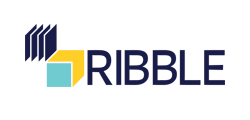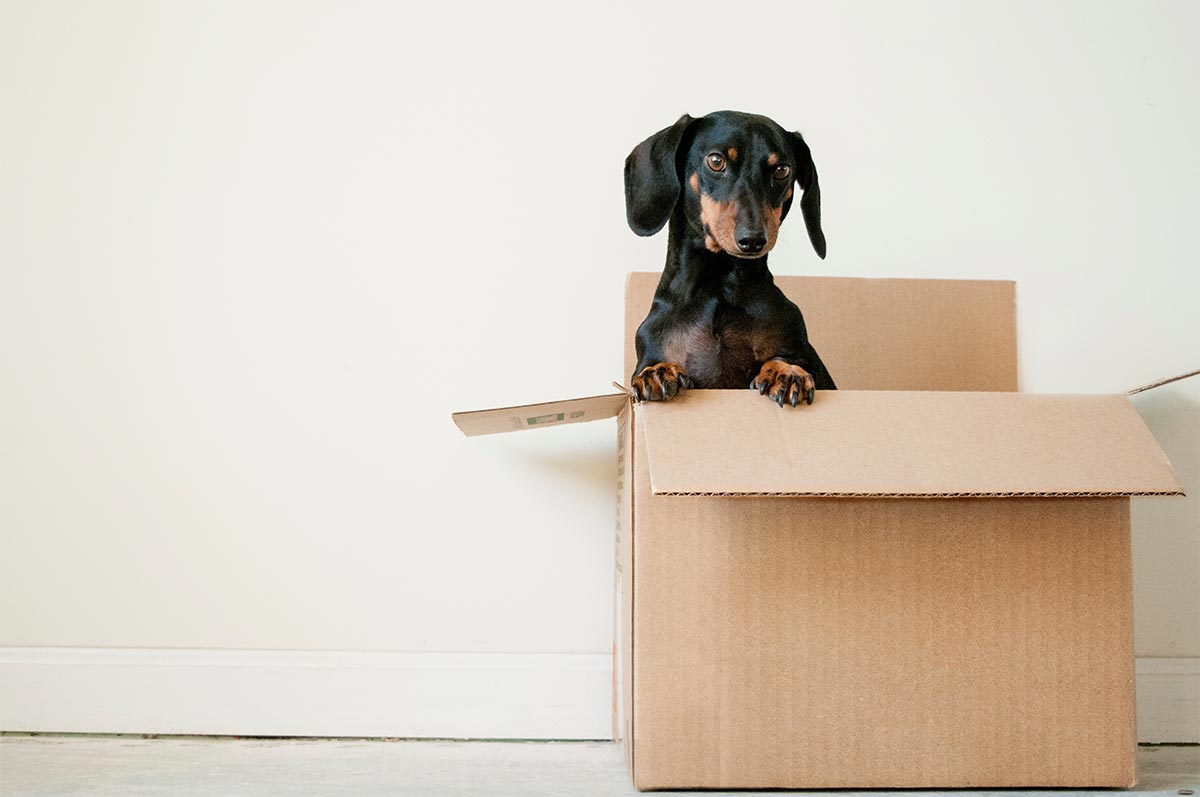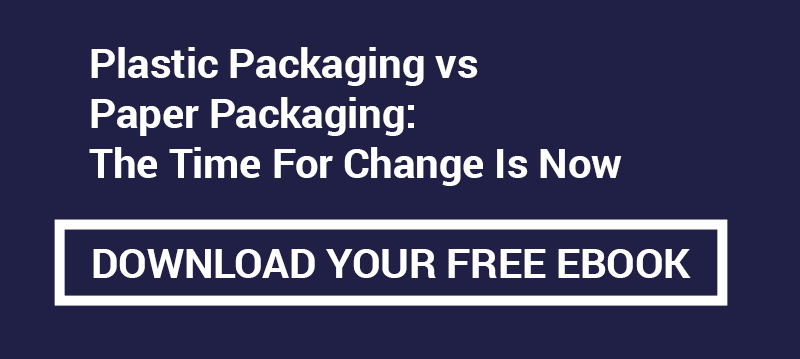Optimised packaging plays a significant role in reducing waste, lowering costs, and improving supply chain efficiency. With updated EPR regulations fast approaching, businesses are actively refining their packaging to enhance product protection, minimise excess materials, and lower shipping expenses.
At Ribble Packaging, with over 80 years of packaging expertise, we’re here to guide you through key design considerations, optimisation strategies, and the many benefits of improving cardboard box designs.
Choosing the Right Cardboard Box Design
The first step in optimising your packaging is choosing the right box size and fit for your product. Oversized boxes not only increase material use but also lead to higher shipping costs. A well-fitted box ensures secure transit and reduces the need for additional void fill.
Box Style
Different products require different box styles. Some common options include:
- 0201 Regular Slotted Case (RSC): Cost-effective and widely used, suitable for various industries
- Die-Cut Boxes: Custom-designed to fit specific products, reducing movement and improving presentation
- Crash-Lock Bases: Quick to assemble, enhancing packing speed and reducing labour costs
Product Considerations
When choosing your box design, consider factors like product type, shipping method, and whether you’re shipping to customers or B2B. For example, shipping directly to end customers may require more focus on presentation. Additionally, the nature of your product, whether heavy, fragile or requiring special storage conditions, will influence the structural integrity and material choice for your box.
Board Grade
To understand box strength, you must first understand the available board grades. The strength and sustainability of a box depend on its board grade:
- Single-wall: Suitable for lightweight products and cost-effective solutions
- Double-wall: Offers additional strength, ideal for heavier items
How to Optimise Your Packaging
Board Material
Selecting the right board grade allows you to balance strength with cost-effectiveness. Lighter materials reduce expenses while still maintaining product protection. A popular choice is fanfold corrugated board.
Getting Your Box Adjusted with 3D Technology
Optimising your packaging design can also involve the use of 3D scanning technology. This allows you to scan the product and design packaging with precise dimensions, eliminating unnecessary waste. Through 3D technology, you can create custom-sized boxes on demand, reducing excess material use and lowering shipping expenses by ensuring a perfect fit every time.
These designs can also be integrated with Panotec Automation, to create custom boxes on demand, streamlining the process and reducing manual labour. By setting the box dimensions, you can instantly produce custom boxes without waiting for long lead times, improving efficiency across the supply chain.
Why Change My Current Box Designs?
Making the shift to optimised packaging might feel like a big step, but the benefits far outweigh the effort. If you’re still using outdated box designs, you’re likely overpaying for material costs, wasting space, and even damaging your products during transit. Optimising your packaging doesn’t just save money; it also contributes to a greener and more sustainable supply chain.
How Ribble’s Design and Estimating Team Can Help
Many businesses we’ve worked with have already improved their packaging process by reviewing their board grades and product styles, as well as using Panotec’s cutting-edge 3D imaging technology.
The results speak for themselves:
- Up to 30% reduction in overall packaging costs
- 25% improvement in vehicle utilisation
- More efficient use of warehouse space
- Environmentally sustainable packaging process
Whether you need better product protection, cost savings or sustainable packaging solutions, Ribble provides expert guidance to ensure your packaging meets its intended purpose.
Talk to us about your packaging design at Ribble Packaging or call 0161 284 9000.





















